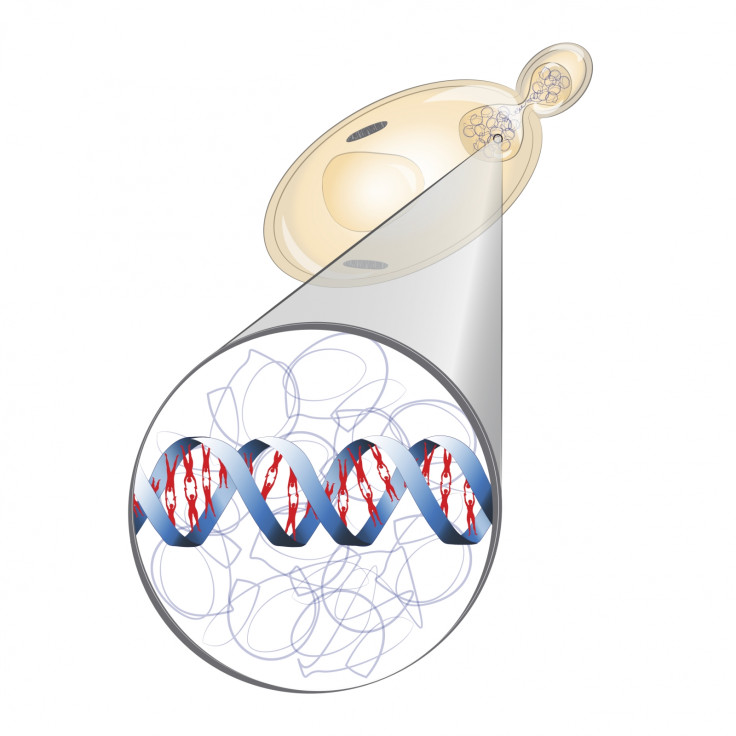Humans, yeast share many genes billions of years after evolution

The single celled yeast and multiple celled humans share many genes despite the billions of years of evolution after separation. The discovery paves the way for using engineered yeast in testing drugs for human genetic diseases.
Hundreds of genes from a common ancestor live on nearly unchanged in both, say biologists at The University of Texas at Austin who engineered yeast containing human genes.
Certain groups of genes were found to be surprisingly stable over evolutionary time.
Of the many shared genes detected so far, about 450 are critical for yeast's survival. The researchers removed the yeast version of each one and replaced it with the human version.
Out of the many new strains of yeast thus created, each with a single human gene, around half survived and reproduced.
"Cells use a common set of parts and those parts, even after a billion years of independent evolution, are swappable," said Edward Marcotte, professor in the university's Department of Molecular Biosciences and co-director of the Center for Systems and Synthetic Biology (CSSB).
"It's a beautiful demonstration of the common heritage of all living things — to be able to take DNA from a human and replace the matching DNA in a yeast cell and have it successfully support the life of the cell."
Marcotte expects another 1,000 or so pairs of swappable genes between humans and yeast.
Along with the 200 odd genes already identified, these will prove useful in the search for drugs to treat many human genetic diseases.
The research is published in the journal Science.
Personalised treatment
Future studies can compare different strains of humanised yeast, carrying slightly different versions of the same human gene, to better understand how mutations affect a person's health.
"We could find out if one of the standard treatments would work on your particular version of the gene or if maybe another drug would be even better," says Claus Wilke, a professor in the Department of Integrative Biology and co-author of the paper.
The study also showed that one of the indicators of a successful swap of genes was the modules they belonged to. Rather than similarity of genetic sequences, genes from the same module were more swappable.
A module is a group of genes that work together to do something useful, such as produce cholesterol to build cell walls.
"The exciting part is that we can now use this information to swap entire systems involving dozens of genes at a time and ask if that system works as well as the natural system in yeast," says Aashiq Kachroo, postdoctoral researcher in the CSSB and co-author of the paper.
"That will be fascinating because now we won't be just looking at a gene, but 30 different genes from a human in a simple cell."
In genetic terms, the chimp is closest to the human even though mouse models work on the premise of genetic similarity. Only half of human genomic DNA aligns to mouse genomic DNA while in comparison chimpanzees match 96%.
More recently, genetic studies have been suggesting that horizontal gene transfer could be moving genes from bacteria, algae, viruses or fruitflies into the human genome.
A University of Cambridge study seems to point to a more diverse kind of evolution of the genome rather than solely from ancestors.
© Copyright IBTimes 2025. All rights reserved.





















